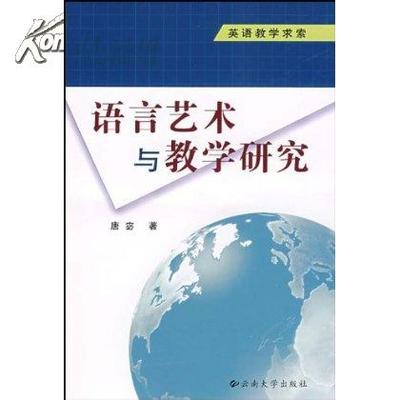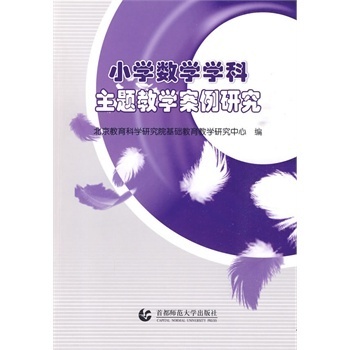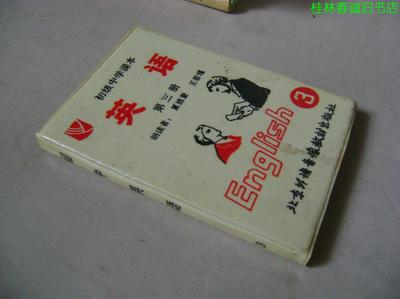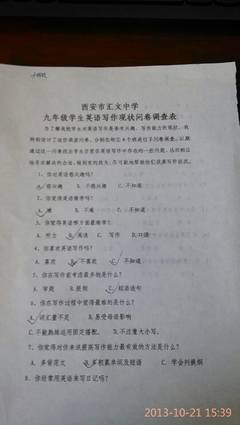一节高中英语词汇教学案例
一.词汇教学现状
现行的英语词汇教学现状可以总结如下:
1. 照本宣科型:一是跟读单词,二是讲解教材中出现的词义。
2.词典搬家型:“词典搬家,全面开花”至少有三个弊端:一是消耗时间,二是冲淡主题,三是扰乱认知。
3. 过度集中型:3-4周内背记整本书的单词,弊端是单调苦燥,不符合认知规律。
4. 敬而远之型:老师懂得处理词汇,但不知如何处理比较合适,即在何时、怎样处理课文中的词汇,一句话,不敢面对词汇。
二.词汇教学目的:
1. 通过词汇教学,有意识地培养学生运用词汇学习策略来识记词汇并能在语境下恰当地运用语言的能力。
2.通过使用不同的呈现方法,加深学生对词汇的记忆,促进学生探索词汇学习的最佳方法。
3. 培养自主学习能力
三.词汇教学过程
本课讲的是人教版高中英语 Great Inventions的语言点。我提前布置了任务,要求学生预习并在字典中查找自己认为最重要的词汇包括短语或惯用语。一上课开始例行的值日生词汇检查,之后开始上词汇课。I begin to show some pictures made with Powerpoint in a computer.Then
I asked the students one by one to say what they saw in thepictures. In picture1, the students only saw a sign means “stop’’therefore some of them couldn’t make connection of this one with aphrase “ be aware of”. They would say somesentences like this:” when you walk across the street, you must payattention to traffic lights or here is not allowed to smoke orothers. At this time I began to ask the students what the sign saidand when we saw this sign , what should be aware of. Following that, all the students said that they would be awareof safety. Then I asked mystudents to make sentences with the phrase be aware of as much aspossible. Picture 2,3,4,5,6,7 are very easy . When they saw them ,they would quickly remember what words they were. Once for a whileI interestingly asked them what made the size of a computer reducedfrom desktops to laptops to palmtops and If they pretended to bespecialists of a computer whether they allow for their creativity.After that the students discussed for a while ,then one reportedthe result. Picture8 tends to make the students remind the word“experiment” or ” laboratory” instead of “ trial but they knewtrial and error could lead to success and the truth of success istrial and error. Picture9 is about a “pilot “and picture10 is“heel” while picture11 ,12 and 13 need hard guess. Because in thesepictures they couldn’t see “ petrol “ “ connection” and “background”, teacher must lead in. For example I asked my studentsthe following questions : What does picture 11 describe? Is it agas station? What does the driver do ? What do Americans say“汽油”?When you see picture 12, what do you feel ? what associationdo you make? ( we often connect this China knot with good luck )and in picture13, can you see the black color? What function is itused as? In this way, the students had a quick overview of someimportant new words in Unit 18. Secondly, I quickly show thesepictures to the students. Then let them repeat these new words. Inclass I found it interesting for students to learn new words andwith this method students’ motivation can be aroused. What’s more,it’s easy for them to remember new words. When I finished thistask , I began to check the students’ preparations.
In latter half class, the students play leading roles in class.They voluntarily come to the blackboard to teach the others the keywords and phrases that they think are very important in this unit .Although it is impossible for them to find the key pointsaccurately , in practice they know how to learn new vocabulary.What ‘s more, the students are very active in involving inclass.
四.课后反思
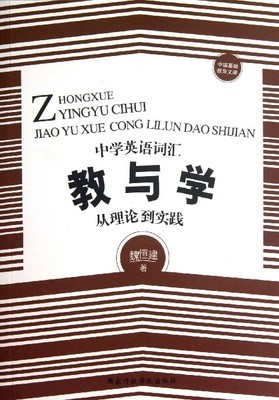
反思1:学生学习的主动积极性是学生学习的动力源泉而学习需要是学生长期坚持的内驱力。学习需要是指个体在活动中感到有某种欠缺而力求获得满足的心理状态。它的主观体验形式是学习者饿学习愿望和学习意想。它包括学习的兴趣爱好和学习的信念等。所以在教学中教师应想方设法创造环境调动学生的主动积极性,挖掘学生的内驱力。
反思2: 建构主义者认为,学习是学习者主动建构内部心理表征的过程。 这里,“建构”是学习者通过新旧知识经验之间反复的,双向的相互作用,来形成和调整自己的经验结构的过程。在这种构件过程中,一方面,学习者对当前信息的理解需要以原有的知识经验为基础;另一方面,对原有知识经验的运用又不是简单的提取和套用,个体同需要依据新经验对原有经验本身也做出某种调整和改造,即同化和顺应两方面的统一。学习词汇就是学生建构词汇的过程,在词汇教学中教师的首要任务是应将新旧知识建立起某种联系,并通过图表将知识形象化的联系起来,以便于学生长久地贮存。
五.讨论学习
通过本节英语词汇教学案例的学习,小组内成员也很认同此位老师的看法,认为目前我校教师大部分也存在如这位教师所说的词汇教学现状。他的这节英语词汇教学案例,为我们小组内成员及广大英语教师进行词汇教学的课堂实践提供了很好的范例。下一步我们教师在词汇教学的多样性和培养学生运用词汇学习策略来识记词汇并能在语境下恰当地运用语言的能力方面应作为词汇教学的突破口。
 爱华网
爱华网